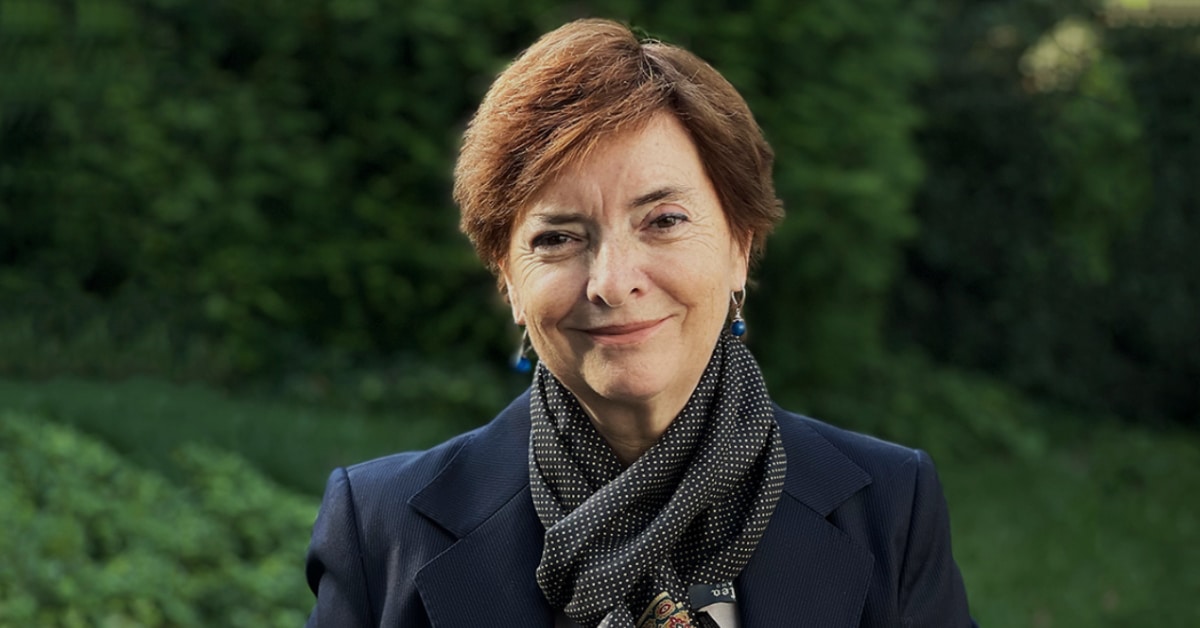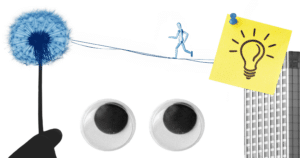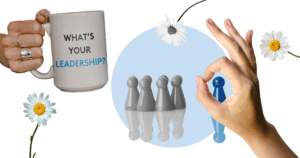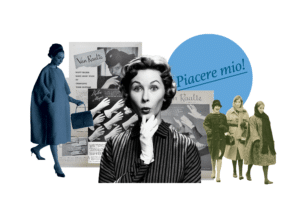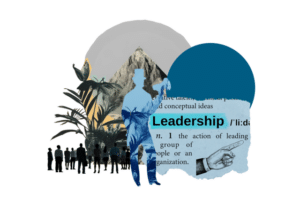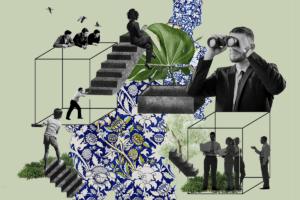Diane Laschet lives in the United States, precisely, in Washington DC, but it would be even more accurate to say that she is a Citizen of the World. She has lived and worked between the United States and Italy, holding increasingly important roles in international corporate settings, making a meteoric career.
“I started working in tourism, working my way up through the ranks,” she says, “I always started from the bottom; every time I changed job sectors I always started from scratch and then grew. One should never be afraid to take a step back, it is needed to grow!“ She speaks these last words looking me in the eyes with a sincere and genuine look as if to say “this is advice!”, the first of a long talk…
Diane is like that: she believes that each of us has the power to expand our sphere of influence constructively, and this is also reflected in the leadership style she exercises. And, probably, that is why, as she talks about her experiences, she plants little tips and interesting insights in her speeches, phrases that I make a note of, in my mind.
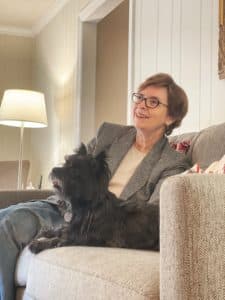
For Diane, the dimension of self-management becomes the basis and main lever in a work context.
As Diane learned to educate her mind step by step, she realized that this new approach worked! “it was not easy, it took commitment, then again that was my medicine,” she says. The results were obvious, and it was worth trying this in other aspects as well, such as at work, for example.
“At the beginning of my path, at work, I understood that I was not efficient, I was not very comfortable, I was not serene, I wanted to change something … relationships with others were not real, I have always been very strong-willed and something I was bringing to the table induced this kind of response.”
Summing up, Diane, in her early work experiences, began to observe herself and was not comfortable in interpersonal settings. “I was imitating the models in front of me, they were all very competitive men… just think, I was even dressing like them so I wouldn’t feel inferior.” She felt that something needed to change “So I started to act differently, listening to myself and those around me more authentically, and I noticed that even in the office, matters started to improve.”
By starting with an exercise of her own; privately within herself, Diane saw how her path could be put to the service of others and the company, and those around her indeed had a positive outcome; “You can’t force others to change, you have to do it by improving yourself first.”
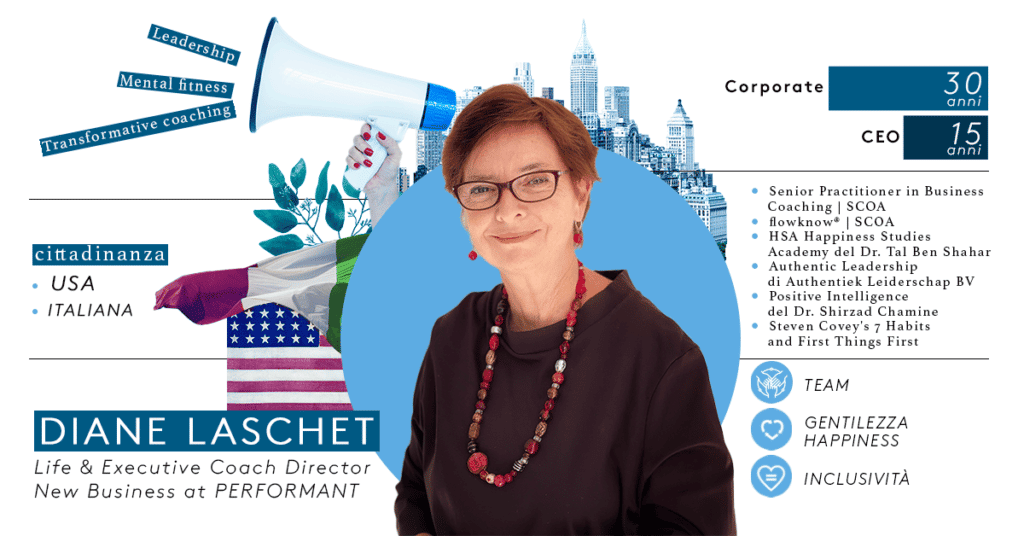
In this process, reading the distinguished book on managerial growth, “The Seven Habits Of Highly Effective People” by Stephen Covey, has been instrumental in her journey. This book describes different alternatives, on how to manage one’s life; through the practice of the seven rules. For example shifting one’s mindset with the “think in a win-win mode” or “seek first to understand, then to be understood.”
In particular, Diane was impressed with the lesson that “each of us can expand our sphere of influence through our behaviors.”
“This became a bit of my mantra,” she explains, “From that point on, I built my career and my relationships around this principle. I realized that if I behaved a certain way with others, those around me would also change their attitude. The secret is in looking at the other person and identifying what is beautiful in them. As I grew, I could help them grow as well. What a beautiful feeling!”
“When you focus on the good things about a person, by default, that person draws out all of the beauty within them. The coach’s job is to help you see what you can’t always see: each of us has so many layers that we often struggle to see what’s beneath: what we’ve been told, the bad advice, the hurtful comments, etc…”

With her corporate career over, Diane realized that she still had a lot to give and that what she did best, and what, deep down, she had already been doing for quite some time, was to be a Coach. At first Life Coach, then Executive Business Coach.
”To become a coach, I acquired a coach for myself. Then, as I confronted myself, it became apparent that from my past professional careers, my experiences in corporations could be useful and in high demand. So, I started a path to become a Business Coach.”
According to Diane, the first step in becoming a coach is to work on oneself: learning to observe oneself and learning to see the efficacy of one’s actions. “You can’t preach well and practice badly; you can help others if you have experienced firsthand exactly what you are talking about.”
Diane has always tried to be mindful of making sure that those she worked alongside, were well taken care of and to create a peaceful environment within the company. This focus on others was deepened by studying and practicing the philosophy of Happiness, a stream of thinking that emphasizes the importance of bringing happiness into one’s workplace.
This is translated in practice into the act of constructively processing information, of creating a corporate culture in which it is good to admit that you don’t know something and resort to the wisdom of the team, by facing the situations in which you find yourself with optimism. In short, we are talking about “simple” well-being, about treating colleagues, one’s team members, suppliers, etc… in a certain way.
As Diane was explaining to me the definition of Happiness, at one point, I unconsciously exclaimed, “But do we need to teach this kind of thing?! we all know you have to be kind!“ She seems amused by the question, “people think they already know all this, that they know how to be nice…instead, then it happens that young people who have just been recruited, freshly out of college with lots of new potential and excitement, are completely transformed after a couple of months. If management is careless on a human level, the whole team suffers. In short, kindness tends to disappear when you are in an environment that does not cultivate it.”
As we were about to conclude the interview for Diane’s next meeting, I suddenly a question comes to me:
“Diane, which company would you like to be coaching?” “One where leadership questions itself; who realizes that maybe they don’t know everything…I’ll think about it, for now, then I’ll let you know” I leave the room, close the door and hear her cheerful voice greeting “Here I am!!! how are you all doing?”
